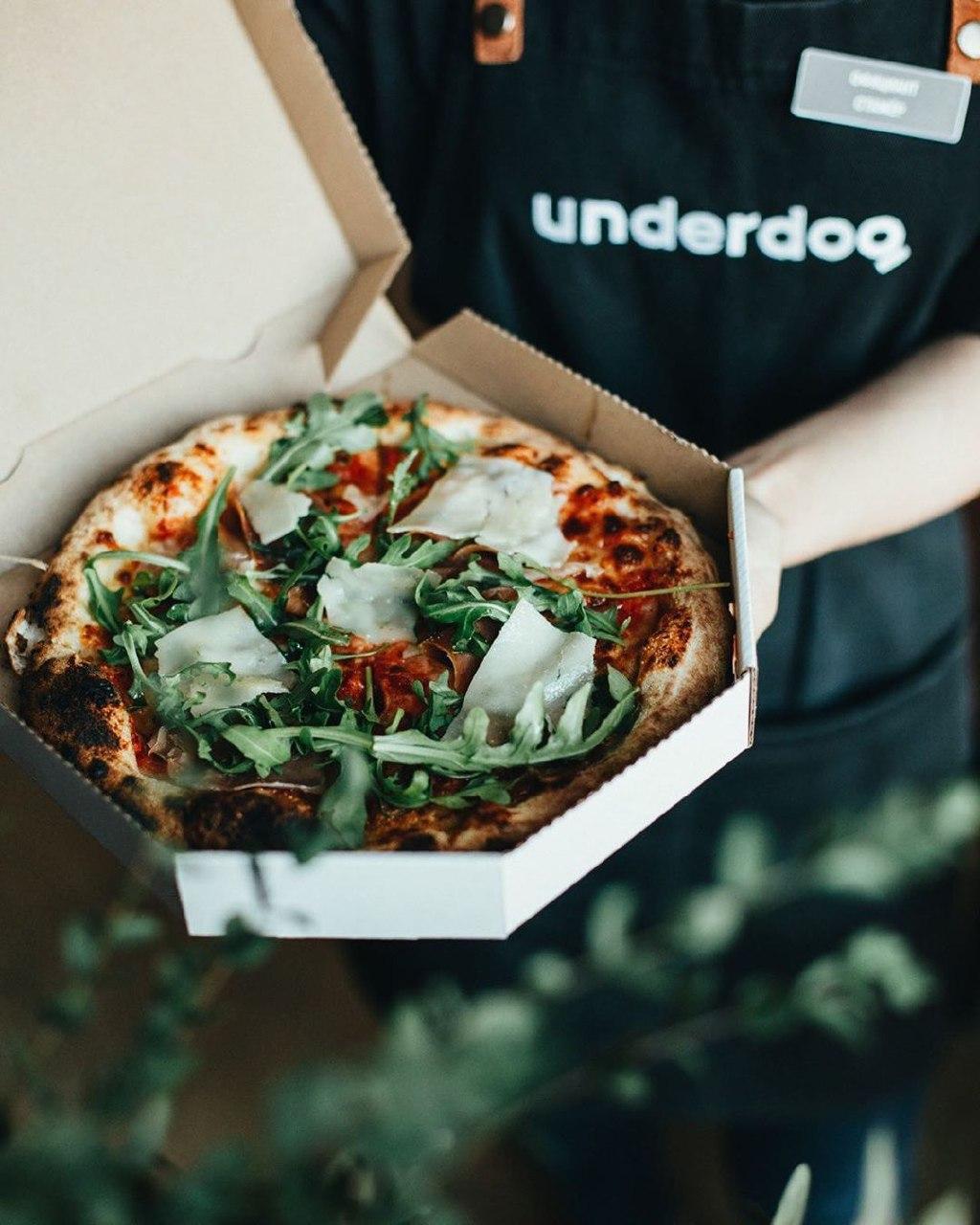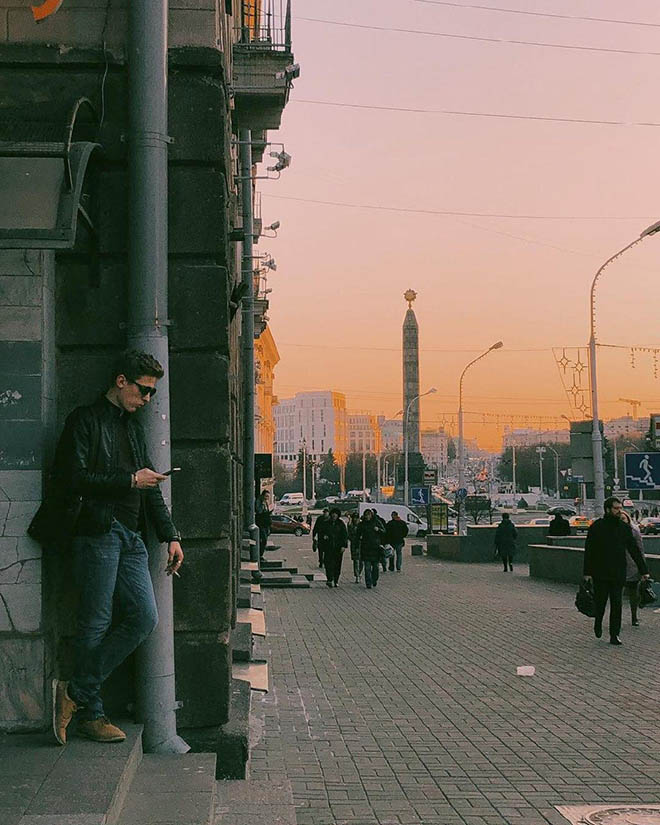Is it possible to earn money in creative industries in Belarus? Which new urban habits will Minsk have in the near future? 34mag talked to Georgy Zaborsky, the head of OK16, a creative hub at Kastryčnickaja Street.
The idea
OK16 is a cultural hub, to say, a knot. It is a place where different projects interwave: from everyday culture to contemporary art. The basic meaning of OK16 is that it is not just an exhibition space or a venue. It is a place where culture can live.
Belgazprombank (in March 2017 Belgazprombank bought three factory premises on Kastryčnickaja Street, which has later become OK16 – 34mag) has been sponsoring various cultural and artistic initiatives for 10 years now. I realized that Minsk, just like any other modern city, needed a space, which would connect all those initiatives. As a result of a long search, we chose the building of the MZOR plant (Minsk Plant of October Revolution – 34mag). We want to completely renew it. We are plannig to open the first buildings after reconstruction by the end of 2022 - early 2023.
I got a degree in architecture, and then I started to teach it. Later I worked on strategies for the development of small Russian cities. That’s when I started to realize how important urban culture is. We can see very successful cities with a not very high-quality object environment and really unsuccessful cities with high-rise blocks and clean streets. Berlin is a great example: it is proud of the fact that poor and shabby areas are the main generators of vital activity.
Then I developed spatial strategies for several big companies and accumulated enough knowledge. There was a moment to decide: I could further develop other people's spaces or create my own. At that same time, we very fortunately met Belgazprombank. Actually, it all came together – and here is OK16.

"It is not a new Berlin"
In Minsk the form is still much more important than the content. For instance, in Barcelona, Madrid, London, or Shanghai the wave of clean and smooth spaces has already passed and the content becomes a priority. And this is the next step that OK16 tries to promote in Minsk.
Minsk is still not a new Berlin. What do they have in common? It’s the desire of young people to escape the limitations of the previous society. The difference is that the wall in Berlin finally fell down, but in Minsk the experience of traumatic construction into adulthood still kills a young man at some point.
"The wall in Berlin finally fell down, but in Minsk the experience of traumatic construction into adulthood still kills a young man at some point"
How to burst the bubble
Sometimes it may feel like all these spaces and creative hubs are working for some kind of a small community. We often use the word "ghetto" here. Creative ghetto, art ghetto, IT ghetto – these all are closed bubbles that don’t interact with each other much. My friends have made up the slogan for it – "Burst the Bubble".
Our audience is different: the typical artistic community, young people about 18 years old, visitors brought up by Soviet culture who are accustomed to going to the classical theaters and museums, and also IT-oriented business.
OK16 partly exists to burst bubbles and ensure that things that today are kind of subcultural become open to the public. We want to bring people of the older generation to our events.
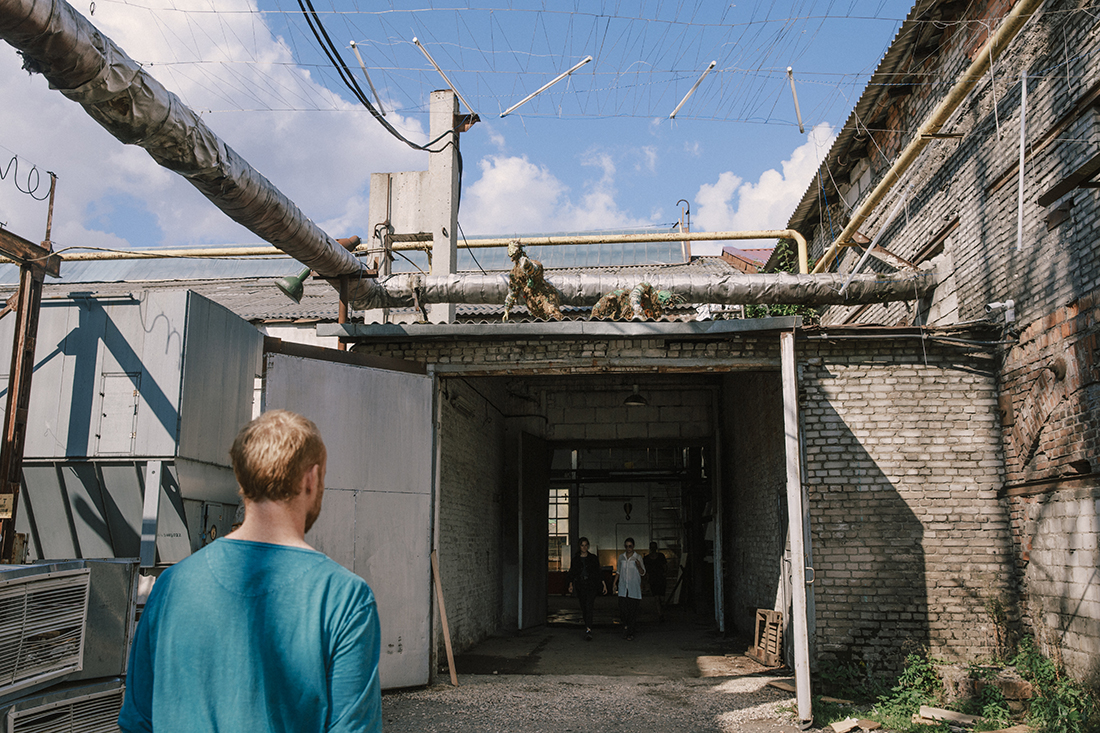
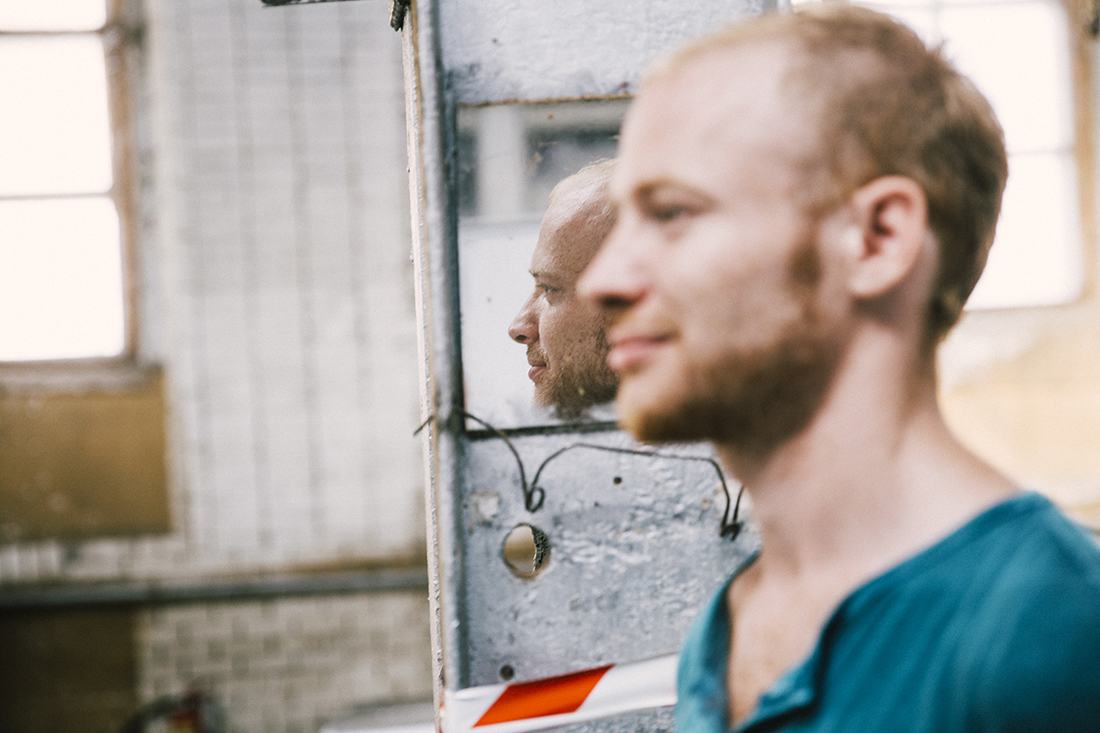
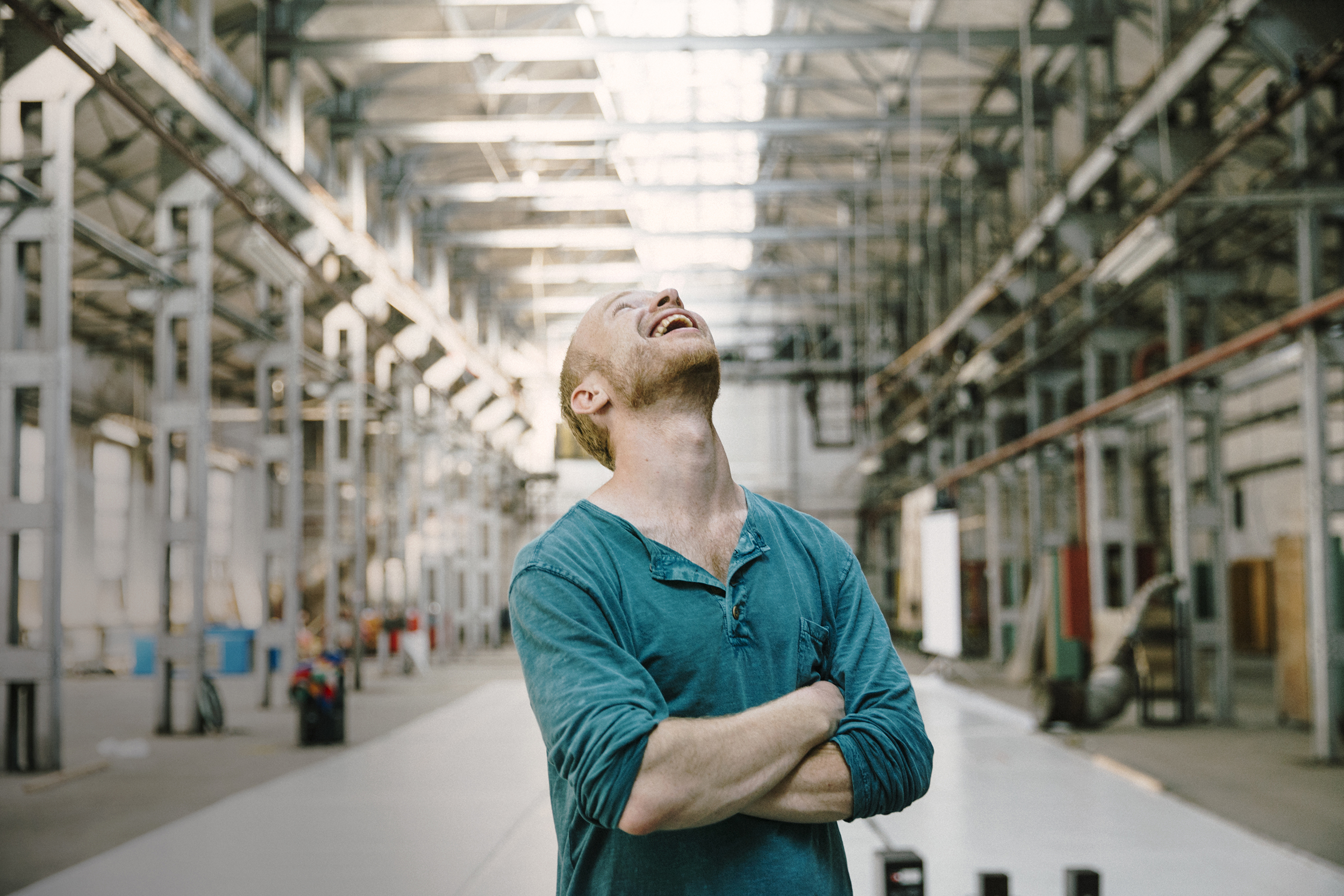
New urban habits
At first, some kind of fantasy and imaginary habit appears in a city and then it needs a place to be realized. For example, we imagined that we will go to have brunch and hang out with our friends in a beautiful interior. Then someone opens a cafe like this and, there you go – Svobody.4, where we all can go for brunch.
It turns out that habits are secondary, we peek them in developed cities, then return to Minsk and wait. But there are psychos who are starting to act to bring it closer. Each successful city is different, because it does create a unique environment and invent its own habits. It is easy to name the set of habits of London or Moscow. We would like that the habits of a young Minsker were also formed.
I very much hope that from the thought "I need money" we will come to the realization that in exchange for money we gain experience. Because we will never catch up with the money of the Chinese megacities, but we can totally catch up with any city in the world in terms of quality of life, in terms of the quality of the experience.
"We will never catch up with the money of the Chinese megacities, but we can totally catch up with any city in the world in terms of quality of life and experience"
Team
We are a business, but not a structured corporation. The core is about 12 people. But if we talk about all those people who invest in the project – it's about 40 people, and 200 more who help us occasionally. The team works in three areas: the development of the physical space, events and the art-residence.
Such a project is a hard work. It consists in overcoming fear and insecurity, because it is a sphere without any guarantees.
When Belgazprombank bought the premises of the MZOR plant, there were a lot of fears associated with the Russian money in the Minsk art environment. Someone was afraid of political engagement, someone was concerned that the authenticity of Kastrycničkaja street would be lost. But the bank and OK16 from the very beginning have developed a common vocabulary of goals, concepts and metrics, with which both of us agreed.
We didn’t start the reconstruction right away, we preserve the walls and equipment, we examine the building by centimeters, we reveal the historical layers and include them into the brief for the architectural competition. Such thoroughness is needed to bring Minsk to a new level of subtlety in the reconstruction of historical buildings.
Some people were afraid that we won’t let other players of the cultural field here. And we believe that only by cooperating with our neighbors we can turn Kastrycničkaja into a true unglamorous brand of Minsk.
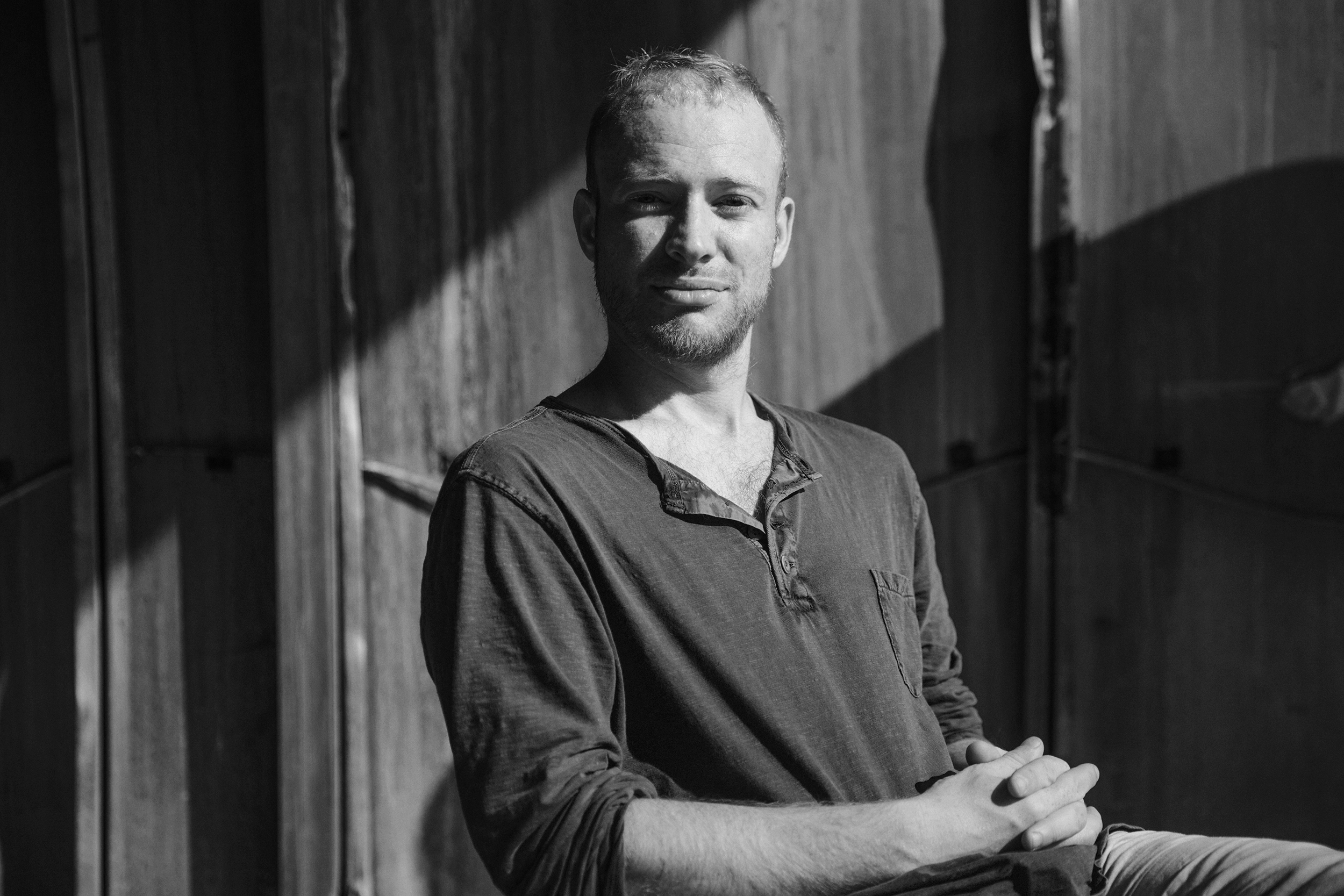
"5 years more and it will become a business"
Any creative hub passes through several stages. The first one is when they are mostly squats and informal associations. The second stage begins when they want to make themselves known. In Belarus, it happened sometime in 2013, when people decided that these projects could grow into entrepreneurship without knowing the business. At the moment, the mortality rate of such projects is quite high. The third stage is when survived doers learned how to manage them as a business and go for large investments. OK16 is at this stage. A successful example in this area is Ў Gallery.
In Belarus you’ll be able to earn money from this, only when the environment reaches a certain level. It's like making money on good food. It was necessary to grow an entire industry and people who were ready to participate in it – and today it is a business. But when the first original coffee houses were opened in Minsk, it was such a subcultural phenomenon which was likely to not even pay off. We are now at about this stage in the cultural industry. If all of us manage to live for 5 more years, it will become a business.
"We believe that only by cooperating with our neighbors we can turn Kastrycničkaja into a true unglamorous brand of Minsk"
Now we are working on the program for 2019 and we plan to move from small forms to large projects that will occupy the whole space of Kastryčnickaja Street, 16. The first project is devoted to the underground art of 1990-2000 and the links between Minsk and Berlin. Then we move to 2020 – this is modern acting art from the Russian installation artist Sergei Katran. And the next step – we jump into 2030. It will be an exhibition of Belarusian, Berlin and Russian young media artists. These are the guys who do not yet have a very wide audience, they are the future.
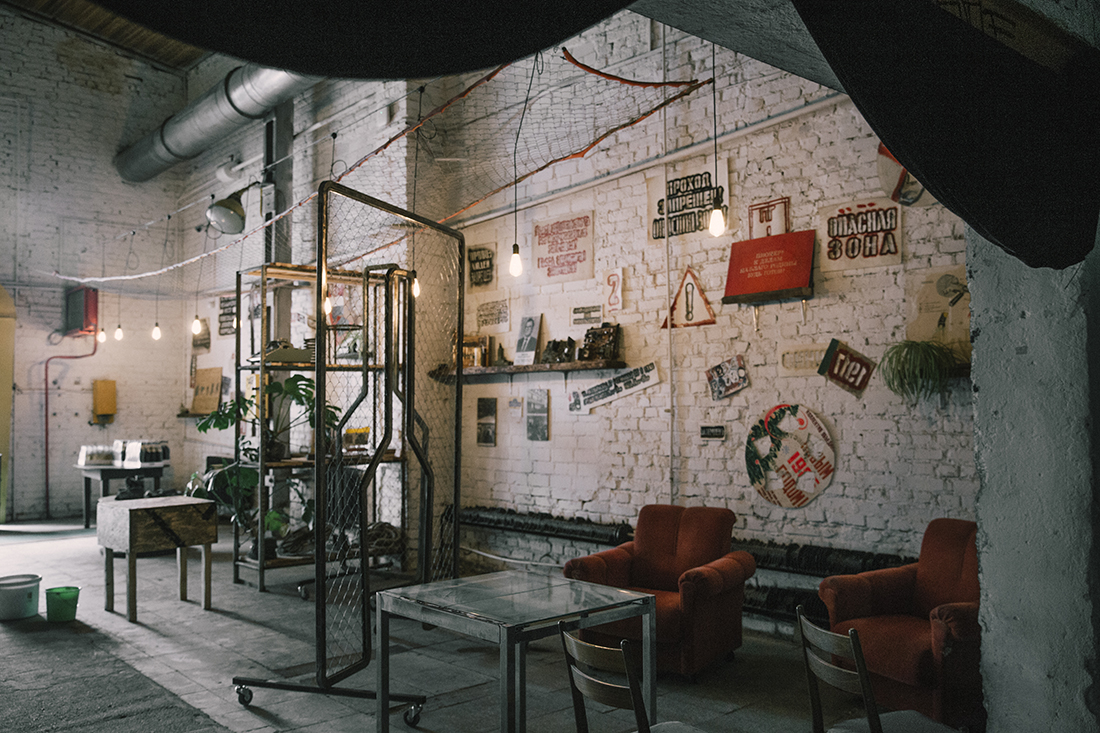
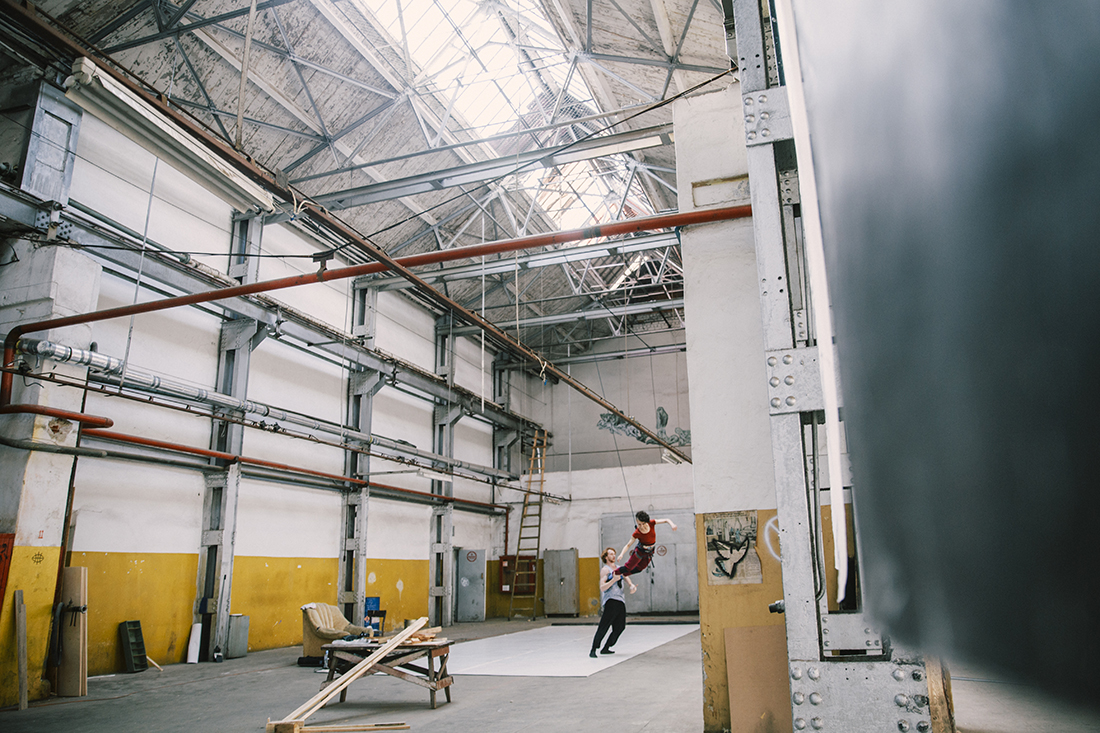


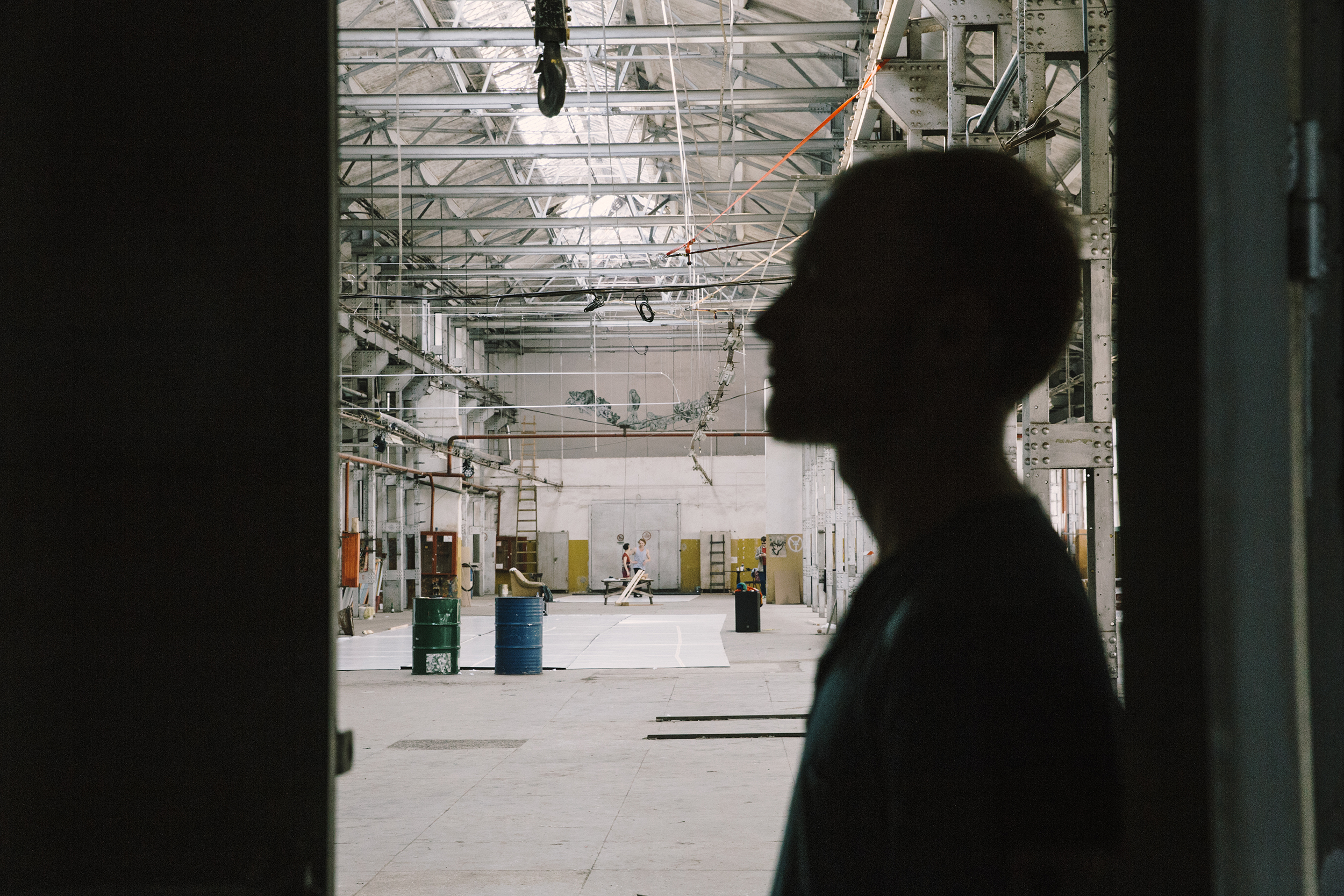
Photos by palasatka

